
|
|
|
|
|
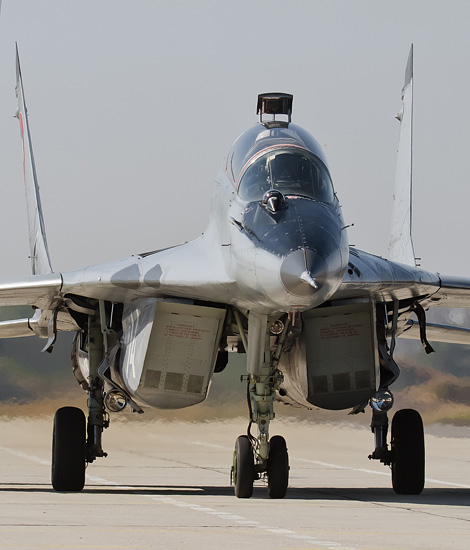
|
Mikoyan-Gurevic MiG-29 Fulcrum; Graf-Ignatievo, October 6, 2012
The Bulgarian MiGs, part 3; Text and Photograph's by Alex van Noye
The main fighter within the current Bulgarian Air Force is without no doubt the MiG-29 Fulcrum. The aircraft entered
service at the Bulgarian Air Force in 1989. The MiG-29 made an excellent in the role of air dominance fighter; the
aircraft played also an important role as an escort fighter for the vulnerable fighter bombers.
The Mikoyan Gurevich MiG-29 (Микоян и Гуревич МиГ-29) is a fourth-generation fighter which was developed as superiority
fighter by the Soviet Union. The NATO code name for the MiG-29 is Fulcrum. The development of this aircraft began in the
70s. The Su-27 and MiG-29 are fourth generation aircraft similar to the American McDonnell Douglas F-15 Eagle, and the
General Dynamics F-16 Fighting Falcon. The name Fulcrum was by the Russian pilots often unofficially used for the MiG-29,
because it was an appropriate name for this aircraft. In 1969, the FX program in the United States was discovered by the
Russian authorities. This program would lead to the development of the F-15 Eagle. At the high light of the Cold War, the
Soviet government decided to develop a superior air superiority fighter as a counterpart to the American project. The
specification of this new aircraft design was very ambitious. The aircraft had to climb quickly and also the aircraft
had to be able to take off from contaminated and bumpy runways. Also the aircraft had to be able to reach a speed of
Mach 2+ and simultaneously it had to be heavily armed with various weapons. The Russian aerodynamics institute TsAGI
worked together with the Sukhoi design bureau to create the aerodynamic properties of the aircraft. The project which
was established in 1971 introduced the need for the development of a second type of fighter which was also needed to
meet the requirements. The air superiority fighter which would be developed by Sukhoi had to be complemented by a
lightweight fighter. In the United States, the FX project was also split in a similar way which led to the F-15 Eagle
and the F-16 Fighting Falcon.
The program of the lightweight fighter would be picked up by the Mikoyan Gurevich design bureau. The program for the
air superiority fighter would eventually lead to the design of the Sukhoi Su-27 Flanker. The first design for a
lightweight fighter was intro- duced in 1973 as Product 9. At the beginning of 1974, the newly designed aircraft was
|
|
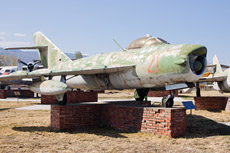
|
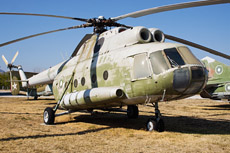
|
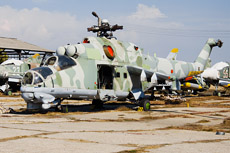
|
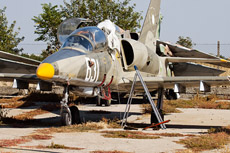
|
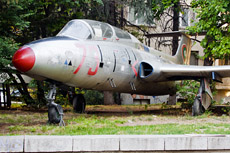
|
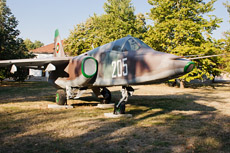
|
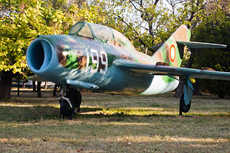
|
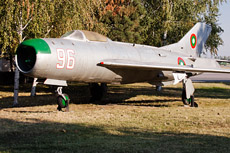
|
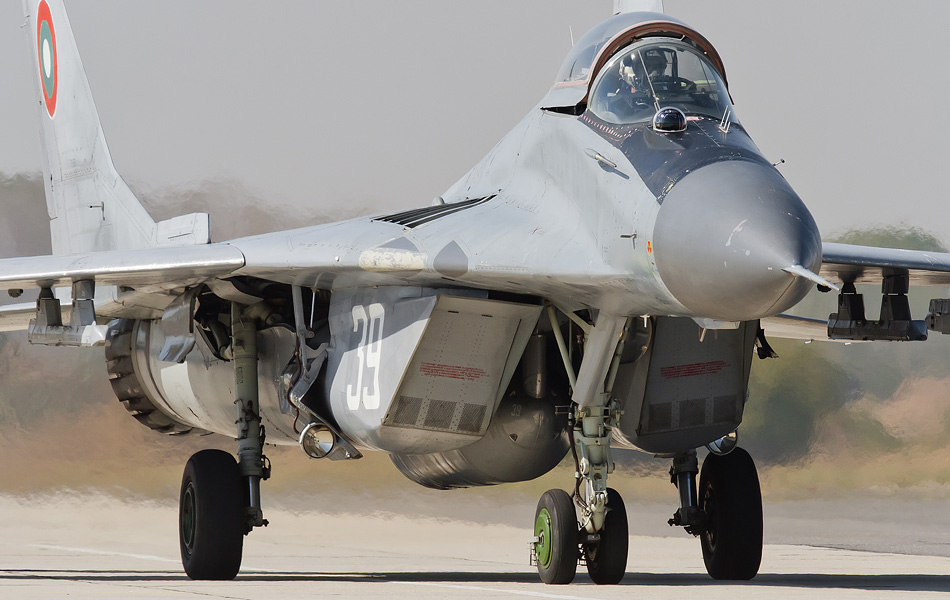
|
designated as the MiG-29A. The first flight of this new fighter took place on October 6, 1977. The first American
satellite photos of the MiG-29 were made in November 1974 above the test center of the Russian Air Force in
Zhukovsky-Ramenskoye. The MiG-29 program was delayed when two prototypes were lost during engine testing. The sixth
prototype which was built was the first MiG-29UB. This aircraft made its first flight in August 1983 at Kubinka Air
Base. The final acceptance testing of the MiG-29 took place at the end of 1984. The versatility of the new MiG-29
was soon apparent when in 1985 the first aircraft entered service within the Soviet Air Force. The large Su-27 entered
service in the same period. The task of this aircraft was to fly deep into enemy territory to make air to air sweeps.
The MiG-29 received the role of air defense fighter in the national airspace of the Soviet Union. The MiG-29 took over
this role from the outdated MiG-23 Flogger as a direct replacement. The MiG-29 has protective plates inside the air
intakes of the engine which can be lowered; the aircraft can land on damaged and unprepared runways with the help of
this system. The MiG-29 can also be used as an escort aircraft for the vulnerable ground attack fighters of the
Russian Air Force during a possible offensive against the NATO countries.
The MiG-29 was also sold well outside the Soviet Union. Almost all countries of the former Warsaw Pact used the
MiG-29. Interestingly, each country had less MiG-29s in service compared to the MiG-21 and MiG-23 in the past. The
MiG-29 often entered service in smaller numbers alongside the older MiG variants. Since the production of the MiG-29
was launched in 1983, there are over 1,600 aircraft been built. Also within the Bulgarian Air Force, the MiG-29 entered
service in these small numbers. The MiG-29 was in 1989 purchased by the Bulgarian Air Force. The MiG-29 was stationed
at the 5th Fighter Air Base Ravnets (5ва Изтребителна Авиобаза Равнец). The Bulgarian airbase Ravnets is located west
of the city of Burgas in the east of the country. The MiG-29 replaced the MiG-21PFM which was phased out recently at
Ravnets. Apart from the MiG-29 also the MiG-21bis was introduced at this base in 1989. In total the Bulgarian Air
Force received 22 MiG-29s. The Bulgarian Air Force purchased 4 aircraft of the type MiG-29UB and 18 aircraft of the
type MiG-29A. The MiG-29UB entered service in the role of training aircraft. The aircraft were assigned to the 15-и
изтребителен авиополк (15 Fighter Aviation Regiment) (15FAR) at Ravnets. The MiG-29 was in service with the Bulgarian
Air Force as an air defense fighter. The aircraft is also able to act as an escort aircraft for the vulnerable attack
aircraft of the Bulgarian Air Force.
In 2000, as a result of drastic cuts the MiG-29 fleet moved to the 3rd Fighter Air Base Graf Ignatievo (3ва Изтребителна
авиобаза Граф Игнатиево). Ravnets was finally closed in 2002 as a result of these large cuts. Graf Ignatievo is located
to the north of the city of Plovdiv in the middle of Bulgaria. The MiG-29 is the main fighter of the Bulgarian Air Force.
The aircraft operates at Graf Ignatievo besides the MiG-21. This airbase is nowadays the only airbase where air defense
fighters are stationed. After the massive cuts which took place between 2000 and 2004, there was little left of the
Bulgarian Air Force. The Bulgarian Air Force is nowadays a small and compact air force with tasks which are limited to
defending its own airspace. At the end of 2012, the MiG-21 will be phased out after a period of over 50 years in active
service. The small MiG-29 fleet will perform the complete air defense task. The Bulgarian Air Force is currently studying
several aircraft types to take over the role of the MiG-21. It is still unclear if the MiG-21 will get a successor. Some
European types such as the Saab Grippen and the Eurofighter EF2000 are in the race for the possible contract. Until then,
the MiG-29 will continue his current duties. The MiG-29s are currently in good condition and can fly at least another 10
years of operational service.
|
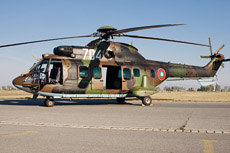
|
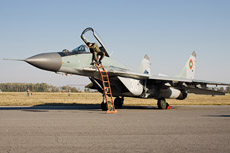
|
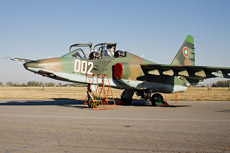
|
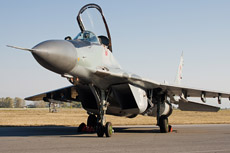
|
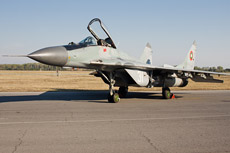
|
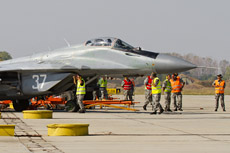
|
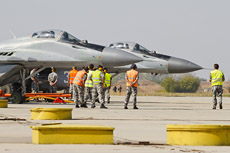
|
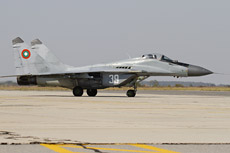
|
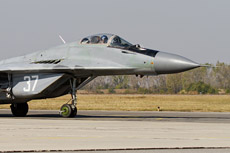
|
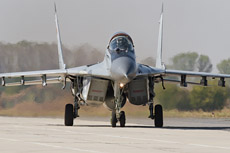
|
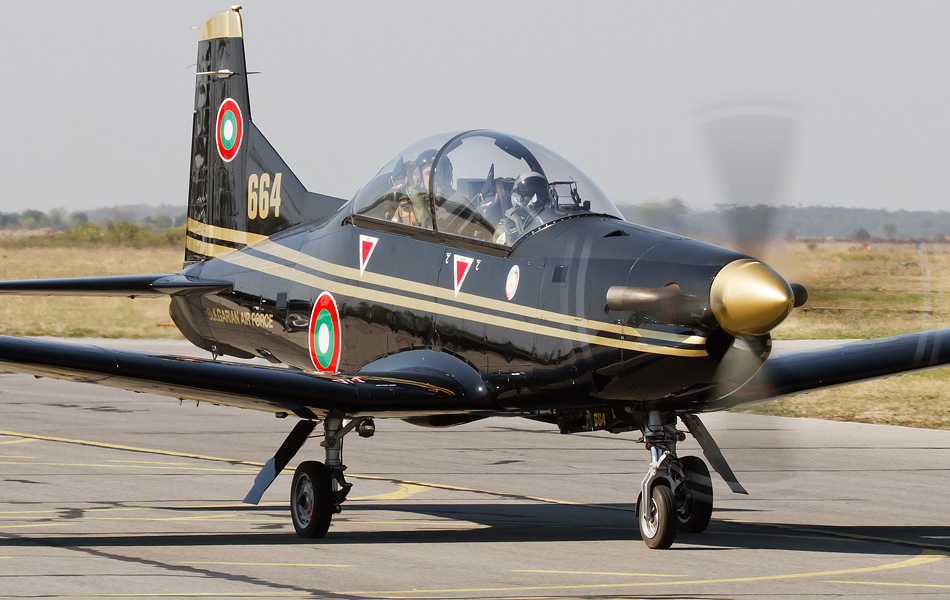
|
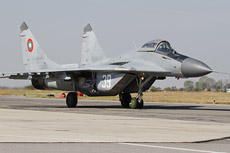
|
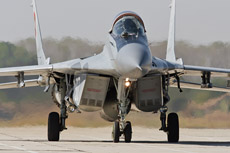
|
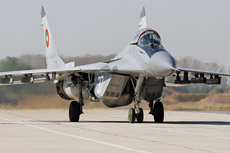
|
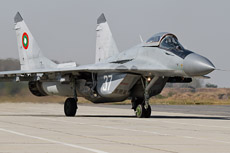
|
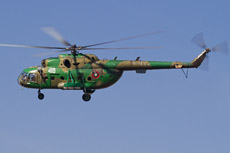
|
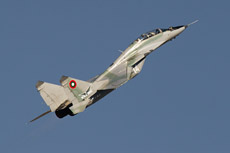
|
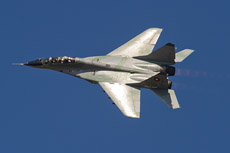
|
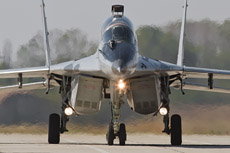
|
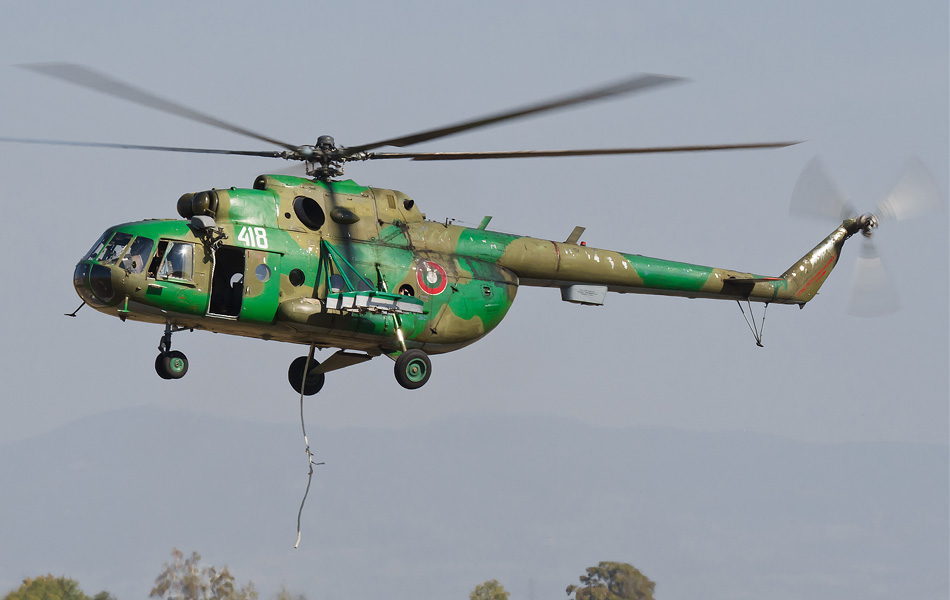
|
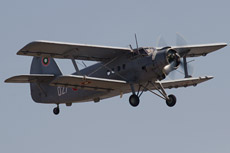
|
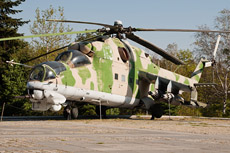
|
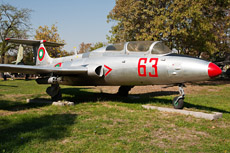
|
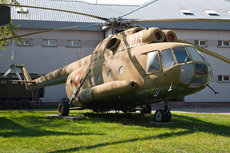
|
|
|

|







